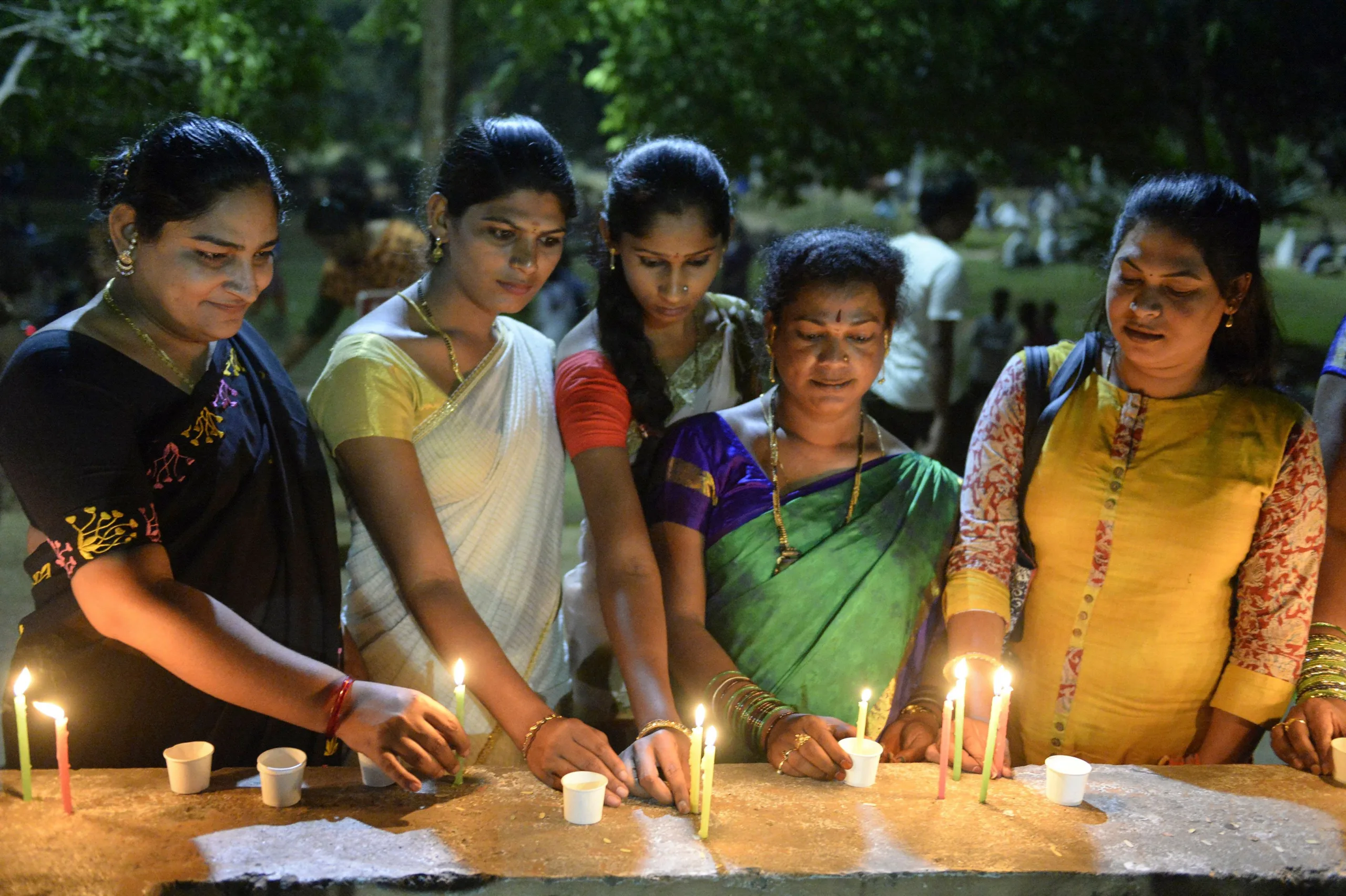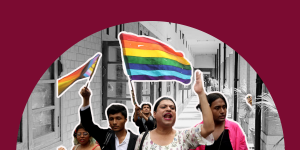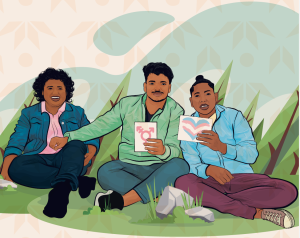Trigger warning: Mentions of Violence
India recorded 102 registered murders against transgender persons between 2008 and 2021, according to data from Trans Murder Monitoring (TMM), a global project tracking homicide against transgender and gender diverse persons. Brazil (1645), followed by Mexico (593) and USA (324) ranked the highest globally for trans murders.
Only 236 trans persons are reported victims of all crimes in India, according to the National Crime Records Bureau 2021, India’s national crime statistics database. These low numbers reflect both underreporting of crimes and deaths and inadequate documentation of the lives of trans persons, say lawyers and rights activists.
Deepika Bonam was murdered by her partner in 2022 in Sangareddy district in Telangana in 2022 after which he stole the money she had earned by performing in the Bonalu festival. In January 2015, Pravallika, a trans woman was murdered by the associates of Venkat Yadav, who had a history of harassing and assaulting trans persons in Hyderabad. After a long protest by the trans community, he was arrested four years later under the Prevention of Detention Act.
“While deaths of trans persons are more common than we think, there is no record of the loss of their lives,” says Vyjanti Vasantha Mogli, a trans rights activist.
November 20 is observed globally as the annual Transgender Day of Remembrance to commemorate lives lost to transphobic violence. It was started in 1999 by transgender advocate Gwendolyn Ann Smith as a vigil to honour the memory of Rita Hester, a transgender woman who was killed in 1998.
“Transgender Day of Remembrance seeks to highlight the losses we face due to anti-transgender bigotry and violence. I am no stranger to the need to fight for our rights, and the right to simply exist is first and foremost. With so many seeking to erase transgender people — sometimes in the most brutal ways possible — it is vitally important that those we lose are remembered, and that we continue to fight for justice,” wrote Smith.
In India, the landmark NALSA judgement in 2014 bestowed a bouquet of rights for trans persons under the Indian constitution, and primary among them is the right to self-identification. The Transgender Persons (Protection of Rights) Act, 2019, enacted these rights into law. Five years on, the implementation of the right to self-identification is mired in procedural issues that makes the lives (and deaths) of transgender persons invisible in India’s statistics.





